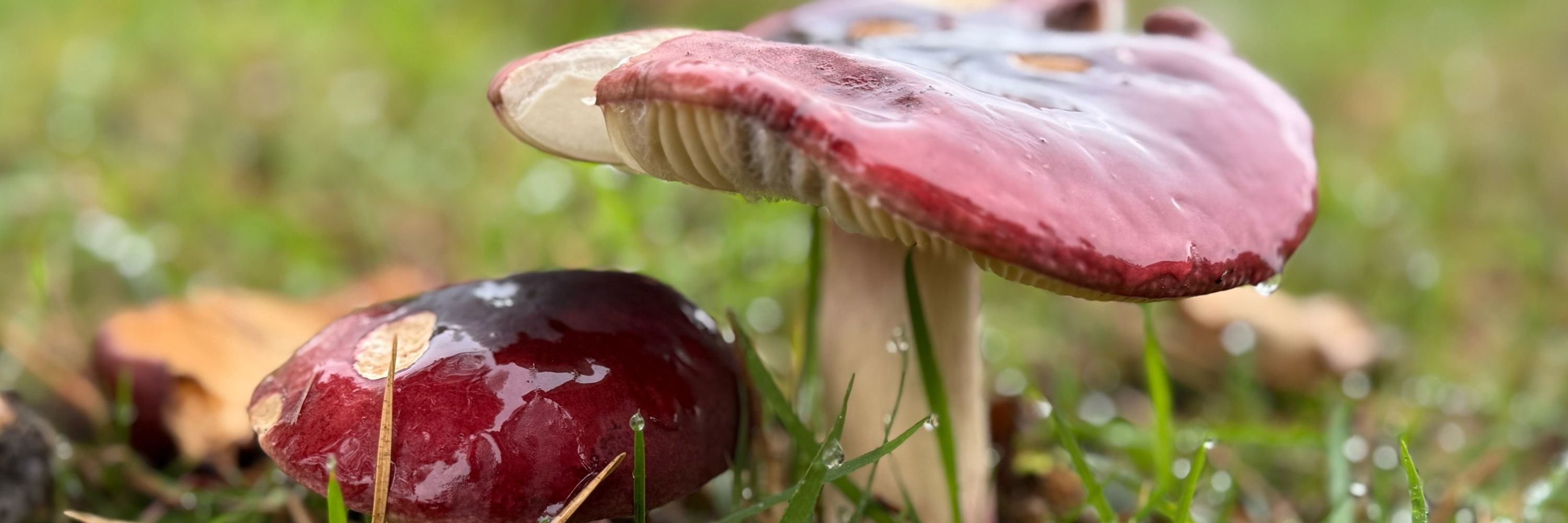Leila Battison
@leilabattison.bsky.social
33 followers
28 following
55 posts
Insatiably curious science communicator with a PhD in Earth Sciences. Here for a little hope in an increasingly darkening world.
leilabattison.com
Posts
Media
Videos
Starter Packs
Leila Battison
@leilabattison.bsky.social
· Aug 29

Fool’s Gold? Think Again.
Back in the 1840s, the hills of California glittered with the promise of fortune. Prospectors rushed west, hoping to strike it rich in the Gold Rush, only to find themselves duped by an impostor: pyrite, better known as fool’s gold. But pyrite might not be as foolish as we once imagined. Far from worthless, it’s turned out to be one of the most useful and versatile minerals we’ve ever dug out of the ground. A Spark of Inspiration The name pyrite comes from the Greek pyr, meaning “fire,” because striking it against metal produces sparks.
leilabattison.com
Leila Battison
@leilabattison.bsky.social
· Aug 27

Witch’s Milk: When Your Baby Starts Making Milk Themselves
When you bring a newborn home, you expect the tiny cries, the soft snuffles, and maybe the occasional projectile poo. But what if your baby starts… producing milk? No, you didn’t misread that. Some newborns, both boys and girls, can lactate. It’s just as weird, wonderful, and unsettling as it sounds. This phenomenon is called witch’s milk, and while the name sounds like it belongs in a cauldron, it’s actually perfectly natural. What Is Witch’s Milk, Exactly? Witch’s milk is the old-fashioned nickname for neonatal galactorrhea—the production of small amounts of breast milk by newborns.
thesciencebaby.com
Leila Battison
@leilabattison.bsky.social
· Aug 16

This Crystal is Electric
When you picture the materials behind our modern gadgets, gemstones probably don’t spring to mind. We expect wires, silicon, and circuits — not jewelry-box treasures. Yet one humble mineral, tourmaline, bridges the glittering world of gemstones with the hidden forces powering today’s technology. Tourmaline is one of Earth’s most colorful crystals. It can emerge pink, green, blue, yellow, black, or even striped like a slice of watermelon. This kaleidoscope of color comes from its unusual crystal structure — a silicate “cage” that traps different mineral ions. Swap in iron, manganese, chromium, copper, or vanadium, and you get an entirely new hue.
leilabattison.com
Leila Battison
@leilabattison.bsky.social
· Jul 16

Book Club: Wednesday is for Wiggling
'Wednesday is for Wiggling' is all about finding the joy in everyday life. Whether it's having playdates with friends, hanging out with mum or dad, or simply going to the library, the lively text and charming illustrations bring a typical pre-schooler's week to life like never before.
thesciencebaby.com
Leila Battison
@leilabattison.bsky.social
· Jun 25
Leila Battison
@leilabattison.bsky.social
· Jun 23

Do Babies Always Look Like Their Dads?
When science baby was born, pretty much the only thing we heard for the first year or so was how much he looked like his dad! Which, as a mother (who had gone through the gruelling, invasive process of IVF, carried and grown this child for nine months, and gone through four days of induction and birth, not to mention feeding him from my own body and having my mind and body completely transformed by the process), was the last thing I wanted to hear. The worst part was, they were right!
thesciencebaby.com
Leila Battison
@leilabattison.bsky.social
· Jun 16

Why Is My Hair Falling Out After Birth? The Science of Postpartum Hair Loss
When science baby was a few months old, I was finally starting to feel a bit more human after the whirlwind of pregnancy and childbirth. But just when I thought things were settling down… surprise! I started losing hair. A lot of hair. Like, coming out in clumps in the shower a lot of hair! It can be worrying, but would you believe it’s totally normal? If you’re a new parent and you’ve started shedding like your dog in summer, you’re not alone. Postpartum hair loss (or telogen effluvium, if you want the sciencey name) is incredibly common—and thankfully, temporary.
thesciencebaby.com



















